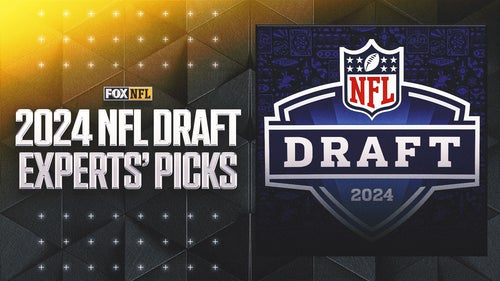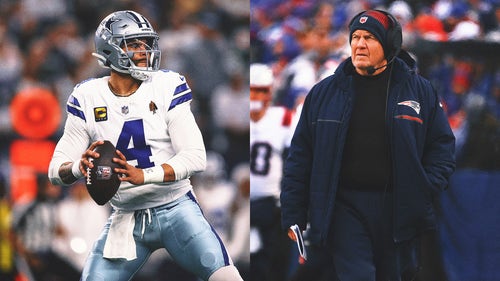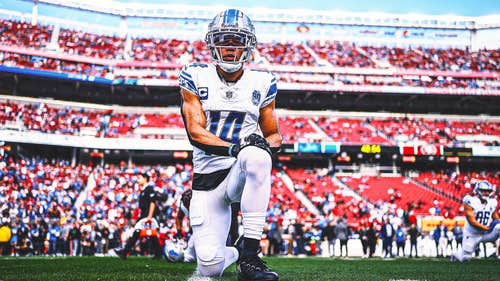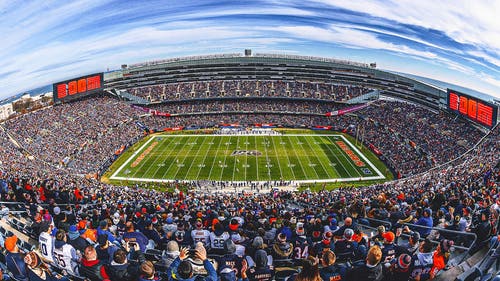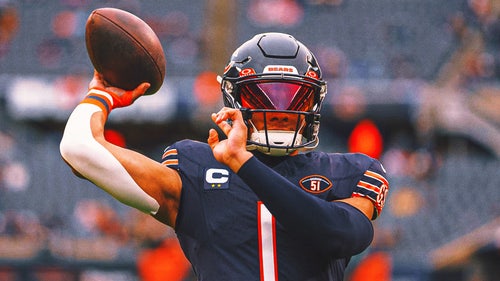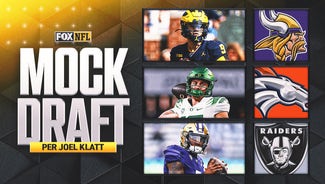
Manning must use the play-action pass
The San Francisco 49ers are 7-1 and have the league’s best rushing defense. The New York Giants are 6-2 and just ended Tom Brady’s 31-game home winning streak. Surprised? Not hardly.
There has been discussion about Eli Manning and his status as an elite quarterback. This isn’t a discussion worth having. Eli is a Super Bowl winner. Yes, the Giants defense played outstanding in defeating the “invincible” New England Patriots in Super Bowl XLII. But let's not forget Eli’s playmaking ability late in the fourth quarter and his winning touchdown pass to Plaxico Burress. That’s elite!
Many will say that Eli has relied on a strong running game throughout his career. Have the Giants had a reliable running attack? Yes. However, people fail to realize the impact that Eli has on the Giants’ scheme and its success. There are no stats to show Manning’s production within the running game, but he is responsible for putting the Giants into the best scheme.
There are two ways to do this. First, there are times when the quarterback has a package of running plays to choose from. He must select the correct one based upon the defensive front and secondary alignment. This philosophy attempts to place the offense in the most advantageous run scheme to be successful against the specific defense.
The second way for a quarterback to affect the run game is through the identification of the “mike” linebacker. Identifying the “mike” is a phrase that football fans have grown accustomed to hearing. In simple terms, this phrase means that the quarterback selects one of the linebackers as the focal point of the play called. Depending on the run scheme, the identification of the “mike” determines the remaining assignments for the offensive line and blocking unit. If this call is wrong, the entire scheme is set up incorrectly. As you can see, Eli has a hand in every play. That’s elite!
Opposite the Giants offense stands against the San Francisco 49ers defense. This unit has been spectacular this season. As a matter of fact, the Niners have been solid defensively for a few years now. I played against this defense and some of their personnel in 2008. Led by Patrick Willis, these guys can flat-out play. A complementary offense has helped them come to the forefront. Now, the Niners defense can showcase its abilities because it has an offense that doesn’t lose games. The 49ers lead the NFL in rushing defense and haven’t allowed a rushing touchdown all season. There hasn’t been a running back that has gained 100 yards against them in 28 games.
All that makes my assignment this week extremely difficult: Game plan for Eli Manning and the Giants against that stingy 49ers defense.
Manning and the Giants are coming off a very impressive win over Brady and the Patriots in New England. It was the first time the two teams had met since the 2008 Super Bowl, and Eli got the better of the Patriots again. Manning, who by the way has the highest fourth-quarter passer rating of any quarterback in the NFL, directed two 80-plus-yard drives in the final seven minutes. He connected on 8-of-13 passes for 93 yards and two touchdowns. Once again, that’s elite!
Here are three areas that Eli has excelled at: understanding pass protection, anticipation and ball placement.
Eli is excellent at directing his lineman toward the pressure areas. He can make specific calls to allow the offensive line to pick up the specific blitz schemes.
I also think his anticipation is outstanding. Manning anticipates routes coming open before the receiver runs out of his break or gets his head around. This characteristic is essential when facing pressure. Anticipation allows the quarterback to work his best targets while getting rid of the football before the blitzing defenders get there.
Finally, ball placement is key to success in the NFL. Eli is very similar to his brother Peyton in this area. He does a really good job of putting the ball where his receiver, and no one else, can catch it. Sometimes it might not look sexy, but that’s the optimal place for the ball to be thrown. Proper ball placement talks to the receiver and lets him know where the potential hitters are coming from. As you can imagine, this can be vital information to have.
So what to do about the 49ers defense?
Let's face it. The Niners can stop the run. So, I would build a simple run game plan with my top three schemes. However, here’s the difference. I would set up the run by using the play-action pass. The first three quarters of the game would consist of heavy play-action pass calls on first and second down. This philosophy is typically the opposite of most game plans. The running game normally sets up the play-action pass. Not this week. This defense is too good! Teams have tried and been unsuccessful. The definition of insanity is applying the same techniques and expecting a different result. We’re not going to be insane!
Thus, for the Giants to be successful, they’ll have to execute their play-action game. I like this tactic because I think Eli is excellent at play-action faking. He shows the football with one hand most of the time. This forces the linebackers to commit to the run. When linebackers commit to the run fake, there is separation between them and the secondary. A quarterback can then throw the ball downfield with more space and less defenders.
If Manning is successful, the linebackers will begin to ignore these fakes. Now, hit ’em with your best runs. With linebackers thinking about dropping into pass coverage, your offensive linemen can explode off the ball and take advantage of their lack of aggressiveness.
It’s very similar to what the New Orleans Saints do. The Saints use multiple play-action passes. By the fourth quarter, their trio of running backs are able to break through with big runs because of their passing game.
A second idea to attack the Niners involves the empty formation. When facing a stout front seven, the empty formation can be an effective tool. Spread the defense out. Attack with short passing schemes. Get rid of the football quickly and let your playmakers make their money. In 2006, our New York Jets football team faced the best run defense in the league, the Minnesota Vikings. We knew that running the football would be an exercise in futility. I knew throwing the football would be the key to victory. Brian Schottenheimer devised an effective play-action plan coupled with a simple passing scheme from the empty formation. After 339 passing yards and a touchdown pass, we had worn down the Vikings and escaped Minneapolis with a victory.
While the Giants have been on a roll lately, winning six of their past seven games, they’ve also needed five fourth-quarter comebacks, the most of any team in the NFL.
It appears the Giants are comfortable when playing from behind. Success breeds confidence. The Giants have developed a high level of confidence in knowing they have the ability to win games in the fourth quarter. Starting faster is certainly a characteristic the Giants would like to have.
But if I were forced to choose, I’d rather start slow and finish strong.
No surprise there.






































































































































